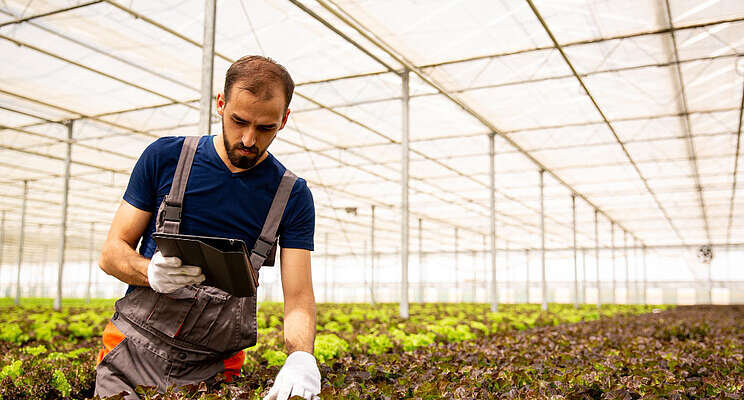Why urban farms and indoor planting are the future?
Added on 04 July 2022

In a 2020 interview with Trip magazine, indigenous leader Ailton Krenak made the following observation that caught my attention: "Whatever you consume in the city, you do not produce in the city. It was there that the children's idea that milk comes from a small box was born, because they don't see the cow. And that water comes from the faucet, or the bottle, because they don't see the source."
If every city in the world produced 10% of its food indoors, it would allow 34,000 m2 of land to be returned to forests every year. — Dickson Despommier, Columbia Professor of Public Health and Microbiology
Have you ever thought that the apple you eat could have come from thousands of miles away or even from another country? A giant cost of gasoline, packaging, distribution for a fruit?
In addition, we also lose the connection with food and nature. It is not uncommon to find children who do not know that potatoes grow underground and that nuts come from cashew seeds. When we don't know where what we eat comes from, we don't value what we have on our plate.
The World's Largest Urban Farm
With this in mind, the current mayor of Paris, Ana Hidalgo, has just opened the largest urban rooftop farm in the world in the French capital. The project reinforces the thesis that large amounts of healthy food can be grown on a 100% urban farm and in a community way.
Photo created by DCStudio - www.freepik.com
Source: Arch Daily
More news















